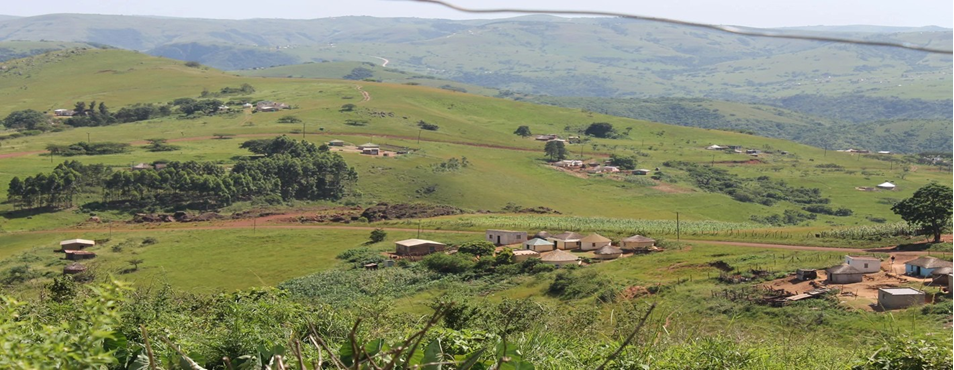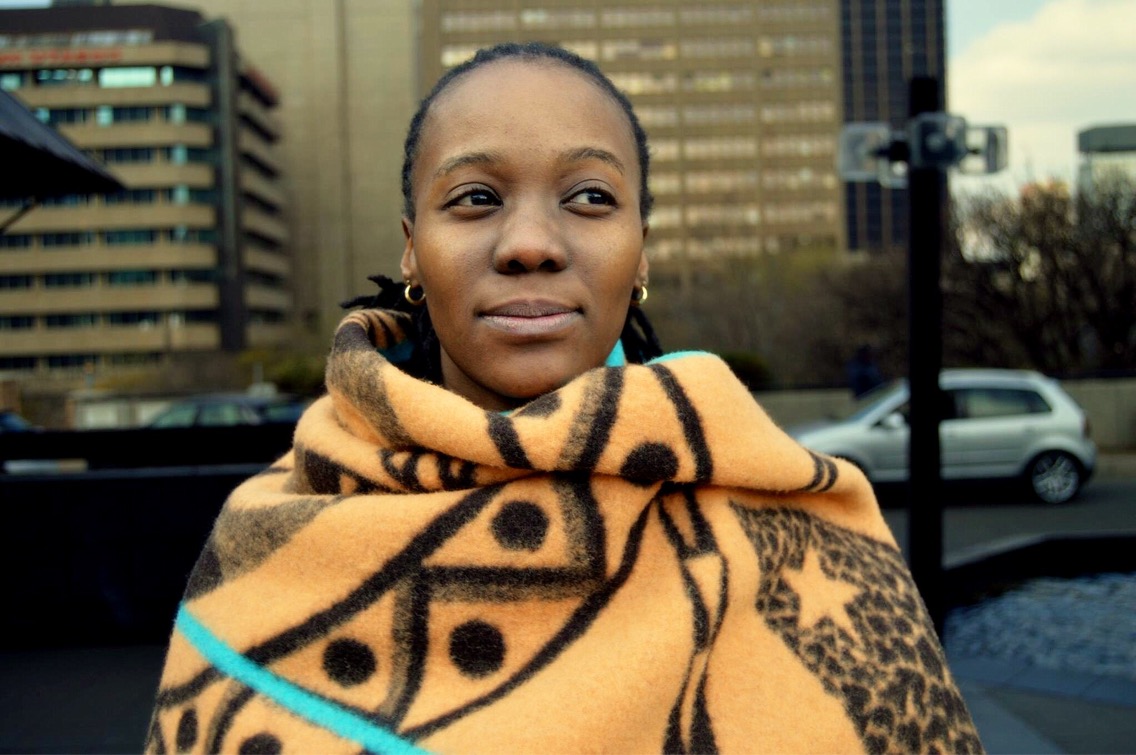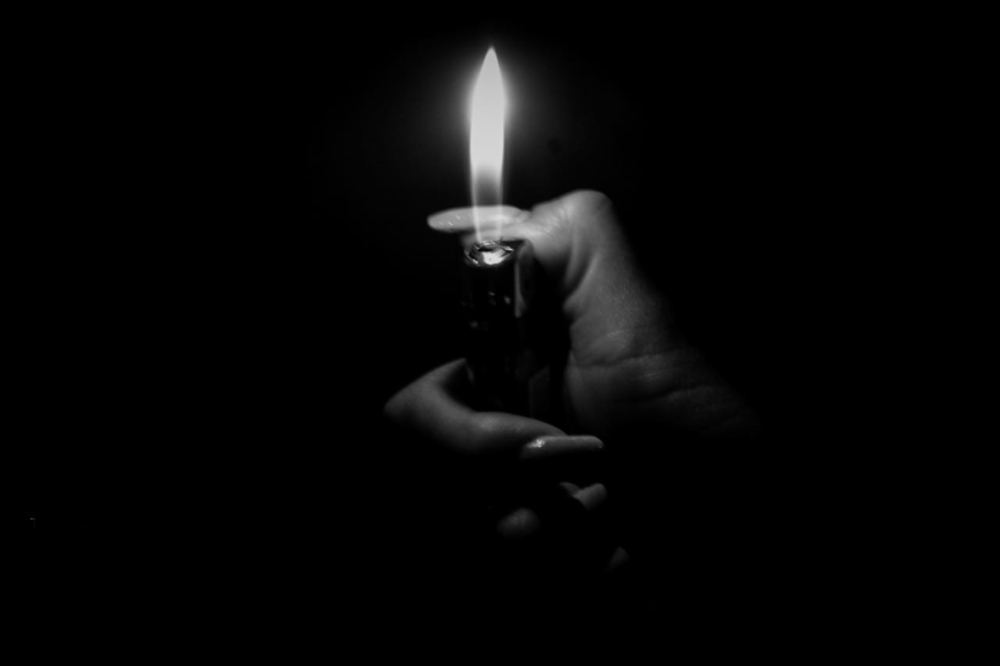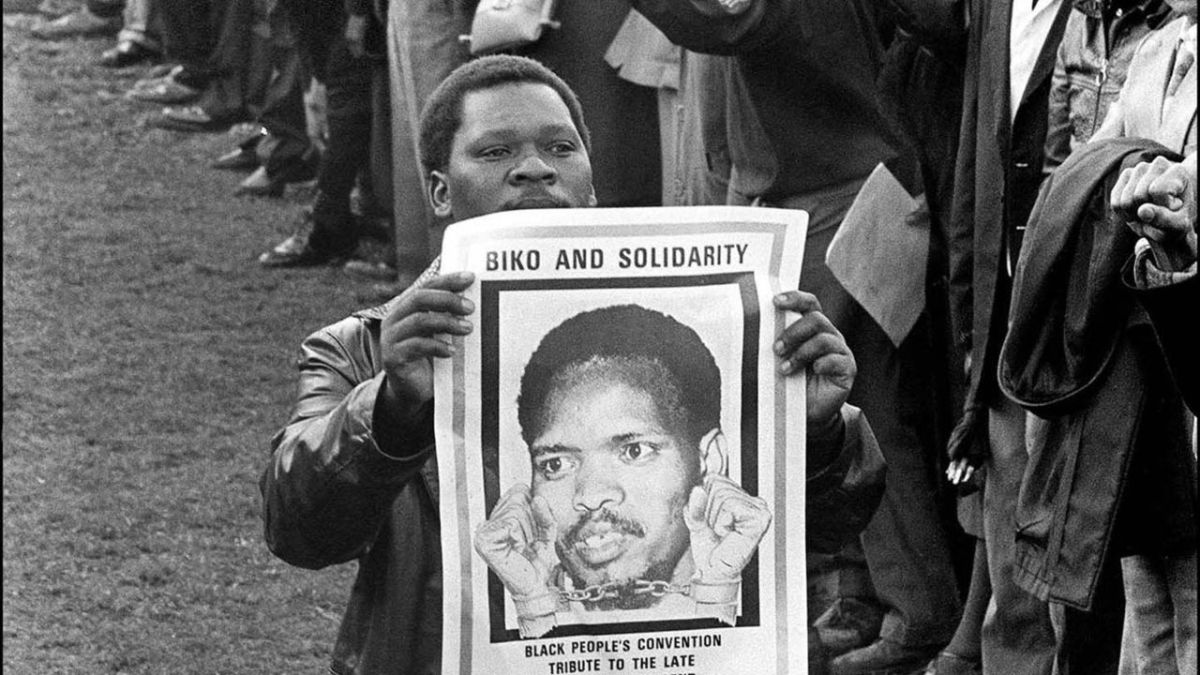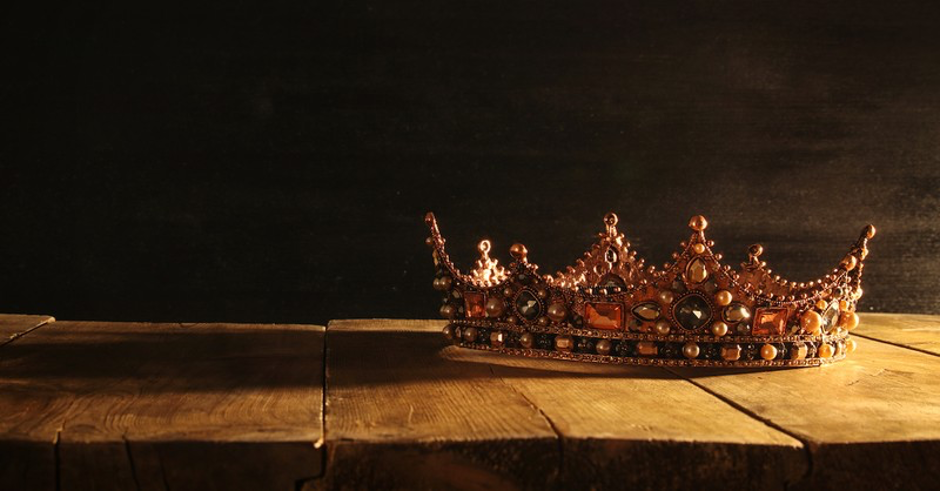In the mainstream studies there is an argument that no slaves were harvested from South Africa. This is from European tendencies of treating South Africa as if it were separate from the rest of the continent. In his article ‘Slavery, social incorporation and surplus extraction; the nature of free and unfree labour in South-East Africa’ (1981), the late historian Patrick Harries of the University of Basel, Switzerland, observed that, “it is commonly believed that in south- east Africa the Nguni had a natural aversion to both export and domestic forms of slavery”. However, more and more evidence points to the reality that export and domestic slave trade existed.
Much of the literature tends to cite conflict and wars as the reason for huge instability in southern Africa in the latter parts of the 1700s through to the nineteenth century. This article lays the blame squarely on slavery as a huge problem, and conflict also came about as a result of a European push to integrate the region to the international capitalist system. Harries opines, “The export of slaves from Lourenco Marques and Inhambane [in Mozambique] well preceded the movement of displaced Nguni groups into the hinterland of these two trading posts during the 1820s and 1830s”. As such, the overriding argument is that the notion of Mfecane/ Difaqane did not happen as this was a white man’s creation to cover up the brute of his force and displacement of Africans in the land of their birth. Even if it happened, it did not happen in the manner that is often told that Shaka Zulu instigated it.
Thus, this opinion piece focuses specifically on slavery and the slave trade which were conduits for introducing the southern African region (southern east coast) to global capitalism. It further seeks to dismiss the myth that slavery did not take place in South Africa, or at least to say Black South Africans did not partake in slave trade. There is a wide acceptance that millions of slaves were taken from Mozambique, which is not different from the northern parts of KwaZulu-Natal, Limpopo and Mpumalanga, which are all in South Africa. The geographical, social, economic and cultural connections between South Africa and the neighbouring aren’t a new phenomenon, but date back millions of years. So, it is therefore unlikely that no slavery took place in South Africa. In previous articles, this area has been referred to as the African East Coast polity prior to the arrival of outsiders.
Even during much more recent years these relationships continued between South Africans and their cousins in the north. What most South Africans are least aware of is that some 200 years ago and up to the 1940s, the direction of migration was northwards. The entire subcontinent of southern Africa right up to Tanzania is “riddled with the blood and soul of black South Africans”. The son of Zikode ka Gasa named Soshangane Nxumalo who was born in KwaNongoma moved from northern Natal to Mozambique where he established the mighty Gaza empire.

Zwangendaba kaZiguda Jele Gumbi from Pongola also trekked northwards and his descendants are found in Tanzania, Malawi and Zambia. Mzilikazi ka Mashobane Khumalo left from present day KZN to establish the great Ndebele empire in south western Zimbabwe. There are ample examples that can be drawn to demonstrate the strong linkages between South Africa and its neighbours. So, it is grossly inaccurate to separate the history of South Africa and the rest of the region. The are several questions that need to be asked before one demonstrates that Mfecane is or was a creation by European settlers to justify their brutality in southern Africa. These questions are:
Is it a coincidence that Difaqane occurred exactly at the same time as the arrival of Europeans in Southern Africa?
Who was behind the mythological wars that took place in this part of the continent?
Why is Mfecane to be believed when white historians deliberately distorted Africans’ history and origins?
Why was Difaqane a central theme in the historiography of the apartheid state?
Mfecane Mythology and Propaganda
In his article ‘The Mfecane as Alibi: Thoughts on Dithakong and Mbolompo’ (1988), historian Julian Cobbing suggests that the basic propositions of the Mfecane/ Difaqane mythology “are integral to a white settler, 'Liberal' history which gestated for over a century before Eric A. Walker coined the term 'mfecane' in 1928”. Hence, the word may be characterized as ‘neologism’ - then “a relatively recent or isolated term, word, or phrase that may be in the process of entering common use, but that has not yet been fully accepted into mainstream language”.
It is necessary to point out that there is no single African language that narrates something called mfecane/ difaqane, even in folklore. However, these ideas have been streamlined in day to day speak as if they were the truth. Nazi propagandist Joseph Goebbels was correct to suggest “A lie told once remains a lie but a lie told a thousand times becomes the truth”.
In his book ‘History of South Africa’ (1928), Walker defined Mfecane/ Difaqane as “the crushing”. But Cobbing argues that this terminology “has no root in any African language, but it crudely conveyed the myth of a cataclysmic period of black-on-black destruction in the era of Shaka (roughly 1810-30)”. White historians have constantly presented revised editions to what really happened during colonial times. So, the phrase mfecane itself has undergone serious changes ever since it was thrusted into the mainstream.
Difaqane, therefore, fits within the broader race historiography to legitimize European rule and oppression in different parts of the world, i.e. transatlantic slave trade and slavery; the large scale killings of people in Congo, Australia and India; brutal Spanish conquest and extermination of indigenous people in the Americas; and of course apartheid. Cobbing explains that the apartheid regime took up and caricatured legitimizations of false colonial recounts of history as part of the propaganda and educational apparatuses. It is for the reason that this kitsch was taught as part of education in history lessons.
Starting in the 1970s propaganda was spread with unbelievable rapidity in the universities, schools, the press, television and cinema. Since then, argues Marianne Cornevin, the mfecane “has enjoyed near-universal acceptance”. When recalling Shaka Zulu (1986), the movie, one has to bear in mind that the apartheid machinery was in full swing. This movie should not be shown on screens ever again for its falsehood and ill intentions. There’s a danger that this detestable form of art and propaganda will be passed down to future generations. The movie was commissioned by then apartheid mouthpiece the SABC and was written by an Australian, Joshua Sinclair.
As far back as 1986, Howard Rosenberg wrote, “Shaka Zulu is a gory, foolish and demeaning 10-hour miniseries...” He went on to say, “it seems to shape history to fit a contemporary political theme. Yesteryear’s supposedly blood-lusting Zulus fill nearly every frame of Shaka Zulu, becoming a negative metaphor for today’s black South Africans, reinforcing a wild tribal image in contrast to ‘civilized’ whites.” The propaganda angle of the movie appeared to suggest one thing: “Where would South Africa be today (gasp) if not for a white minority government to control these bloodthirsty black savages?” Therefore, Difaqane was portrayed as a true story whereas nothing like it ever happened.
Manipulation of Ideas: White Saints and Black Savages
The main assumptions of the Mfecane theory is that the consequences of Zulu expansionism had a near-genocidal effect throughout the region up to Tanzania. This was to say that the Zulu impis (meaning ‘Zululised’ Ndebele and Ngwane) “set into motion” peoples further inland. This argument went further to suggest that these ‘warlords’ “extensively depopulated the future white areas of the Transvaal, the Orange Free State and Natal, a process which accounts for “the general distribution of white and Bantu land ownership [in South Africa today].”
According to Cobbing, the basis of this argument is that “whites stood on the fringes as helpless spectators”. And that “The total pattern of migrations, given the first explosion, was as if predestined. Shaka became an explanation for everything”. The later drive to remove blacks from their lands to create space for mining, agriculture, industry and settlements fell within this presumption that whites found empty lands that they occupied. Also, moving people of different ethnic groups to homelands was premised on separating blacks who never liked each other. Difaqane and related theories, therefore, were a useful catalyst for the colonial and apartheid authorities to justify ‘separatedness’ between races and also between violence-prone ethnic groups.
But most importantly, the Europeans had to be above Africans because they were like ‘mediators’ to savage tribes who could maul one another again as they did in the days of Shaka Zulu. The concurrence of the claimed self-destruction by Africans immediately prior to the white invasions of the 1830s cannot be a coincidence of nature. Cobbing also posits, “the edifice of mfecane theory is precariously poised on a deficient base of empirical research into either early Zulu history or into that of any of the other relevant African societies before 1830”.
All sorts of sub-theories or “little more than the erroneous claims” about war tactics used by Shaka, Dingiswayo or Zwide. For white historians there was nothing happening in Southern Africa before Difaqane. Military history in Southern Africa could cover periods before the rise of the ‘fictitious’ Zulu nation. This era covers the time when the Ndwandwe or Mthethwa were at the top. Another thing that the Mfecane theory failed dismally to explain was the impact of European trade at Delagoa Bay just close to Zululand, hence this article deals with slave trade at some length to establish this linkage. The implication of keeping the Mfecane propaganda as an internal occurrence within Africa is that it has remained outside and or immune to “any disclosures as to the impact of the imperialistic attentions of mercantile and early industrial capitalism”.
The manipulation of ideas therefore means that Africans, as victims of European aggression and brute force which led to land dispossessions, suffering and destruction of kingdoms, are now more than convinced that it was Shaka Zulu and his tribe who displaced them. As Michael R. Mahoney puts it in his article ‘The Zulu kingdom as a genocidal and post-genocidal society, c. 1810 to the present’ (2003), white writers have “used the image of the violent African to justify racism, slavery and, colonialism”. Formal education, performing arts and other interventions were expertly introduced in a war of ideas. Unfortunately, the post-colonial states throughout Africa have not done anything to reverse this psychological damage in the minds of people.
Slave Trade in South Africa
In South Africa, there is a general preference to conceal the fact that people were also taken from the southern east coast. However, literature points to the evidence that in the eighteenth century at least one batch of 74 slaves was exported from as far south as Natal. In his book ‘Abantu Abamnyama Lapa Bavela Ngakona’ (1922), Magema M. Fuze refers to a large monster (ship) called isiQuqumadevu which used to steal children. And Harries argues that slave exports then dependent on the intermittent nature of European settlement and visiting ships.
Fuze’s claims seem to corroborate Harries’s assertion that French warships which operated from their Indian Ocean islands during the Napoleonic wars “pushed the Portuguese-Brazilian slavers operating on the Mozambican coast southwards”. Encyclopaedia Britannica concurs that French ships in the mid-1820s exported slaves from the areas north of the Swart-Mfolozi River and south of the Mzimkulu River. Between 1815 and 1817, Portuguese slave traders were limited as a result of the large French presence in the area. On the other hand, the Nguni groups (including the Ngwane, Ndebele and some Hlubi, as per Encyclopaedia Brittanica) were pressured to move away from the coast to southern parts of Mozambique, where they also unsettled local populations.
Allan G. B. Fisher and Humphrey J. Fisher contend that the Portuguese stoked fires in the south of the Zambezi: “five people were killed for every slave exported”. The political chaos means that Africans cooperated with the marauding Portuguese slavers in the lucrative business of slave trade. The social upheaval also meant that the prices paid for slaves dropped considerably, and this resulted in more people being sold to the export markets. Harries adds that places such as Inhambane was known internationally for the large numbers and quality of its slave exports. People were regarded in the same way as commodities like minerals and crops.
It is becoming clear that Africans also have to deal with their own skeletons – they actively assisted invaders to capture people for overseas markets. This fact has been raised on numerous occasions but there has never been a clear understanding of how it needs to be approached. The Civil Rights Congress of Nigeria in 2009 sensibly urged African chiefs to apologise for the slave trade. In southern Africa, slaves were allegedly sold “by various offshoots of the Ndwandwe, Ngwane and perhaps the Mthethwa confederations living to the south of the Limpopo”. The slaves were exported through Lourenco Marques and Inhambane; and this “proved an effective way in which to participate in the expanding world economy”. The slaves were exported to Brazil and the Caribbean as well as across Indian Ocean to Portuguese Goa, Reunion, Arabia and Madagascar.
The end of ‘officialised’ slave trade in 1833 by Britain resulted in a sharp fall in the global market in the late 1840s and 1850s. This, however, coincided with the rise of domestic slavery due to the capitalist penetration in southern Africa, especially the discovery of minerals in South Africa. Harries claims that the Swazi and Zulu, who controlled most of the Delagoa Bay area during the second quarter of the nineteenth century when the locus of Gaza power lay to the north of the Limpopo, sold slaves to the Transvaal Boers. A complete story of how people were hunted by Africans to be sold as slaves needs to be re-told. Just like in colonialism, a handful of Africans were collaborators with international merchants and also profited from slave trade.
Harries adds that Soshangane prohibited the maritime export of Nguni slaves while conversely encouraging the more profitable slave trade with the Transvaal Boers. This inward flow of cheap labour from Mozambique laid a foundation for labour imports from the entire region to work in the South African mines. Late musician Hugh Masekela in his song Stimela confirms, “From all the hinterland of Southern and Central Africa/ This train carries young and old...work on contract/ In the golden mineral mines of Johannesburg and its surrounding metropolis...”
Slave Trade Could Be Reason for Mzilikazi’s Great Trek, not Shaka
According to white historians, difaqane supposedly took place right at the tail end of the transatlantic slave trade which was ended in 1825, but it is known that Brazil only stopped the inhumane practice around 1885. Nonetheless, the industrialization of South Africa meant that the Europeans shifted their focus to the African interior. The ejection of the Ndebele of Mzilikazi between 1817 and 1821 from the east coast could have been forced by the slave trade, and then by the rapidly expanding colonial frontiers of the Boers and Portuguese, and not by the Zulu per say. There is evidence that the Ndebele continuously fought the Boers in Transvaal even long after leaving the Pongola valley. In fact, many other groups, e.g. Tlokwa, Phuthing, Hlubi, etc., and were being pursued more or less the same time as the chase on the Ndebele happened.
The people of Sekhukhune, for example, were having protracted wars with the Portuguese and later the Boers. Their defeat meant that they were first blacks to be sent to mine gold in the Witwatersrand. The Griquas backed white invasions in the Northern Cape, where the BaTlhaping under Chief Mothibi were violently attacked and defeated. People were forced to work as cheap labourers in Cape Town, and diamond mines in Kimberley in the early days. Alternative history suggests that “disturbances in the northern Cape, south-western Transvaal, Orange Free State and western Lesotho were rooted in the Cape Colony’s demand for labour and cattle, not in Zulu expansionism”. The Griquas also sold slaves.
The events of the 1800s remain a big mystery although they took place less than three hundred years ago. But the Europeans played a huge part in destabilizing and destroying the lives of Africans, perhaps with the help of traditional rulers. The big lie is that the Zulu or Matebele depopulated the different parts of South Africa. Historians such as Mahoney confirm that whites re-affirmed their lies (which started around 1821) by portraying Zulus “as icons of African violence”. Not only does this stereotype, or “character assassination”, exist to this day, Mahatma Ghandi also once claimed that nobody could control kaffirs [see Zulus] due to their violent nature.
For as long as the theory of difaqane is divorced from the slave trade and the forceful colonialism, there are more compelling reasons to dismiss it. There are also solid reasons to refute claims that Shaka stirred up the region. The project of re-writing history in southern Africa has to begin with demystifying that the purportedly overly powerful and destructive Zulu state existed, or some contextualization and corroboration are needed going forward. Failure to do this means that Africans are yet to fully understand the systematic approach that went into execution of slavery, colonialism and apartheid, and theorization behind these atrocious acts which the world is yet to take full responsibility for.
History isn’t for the fainthearted!




